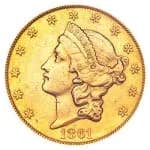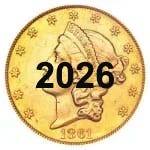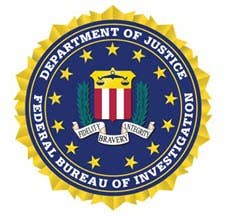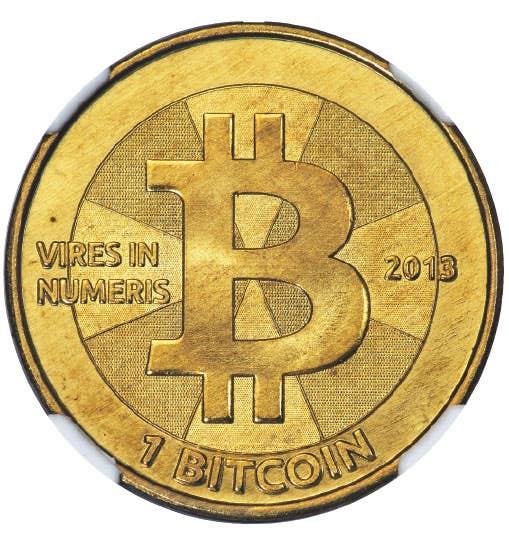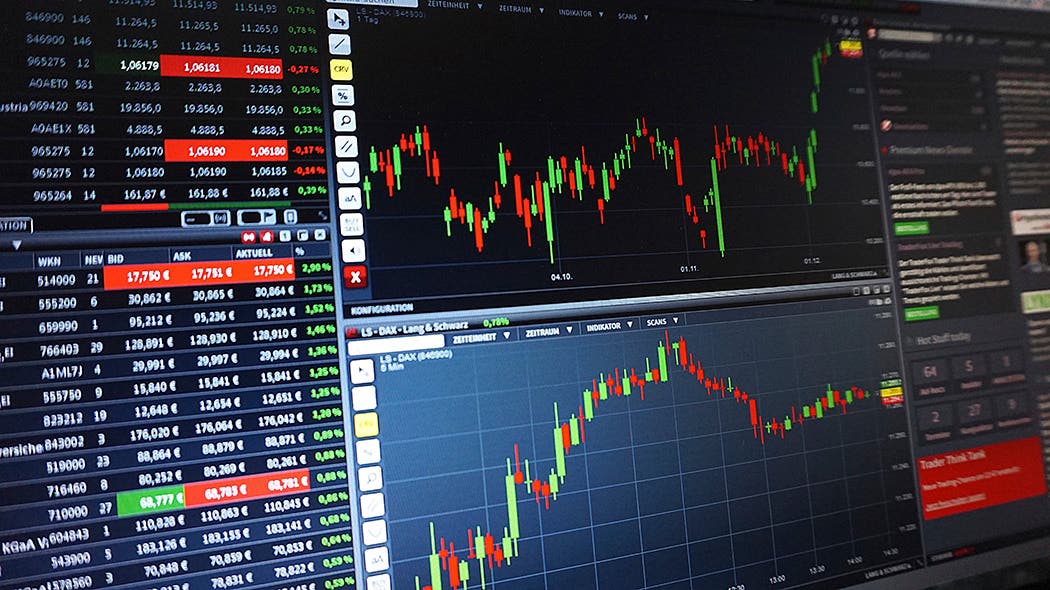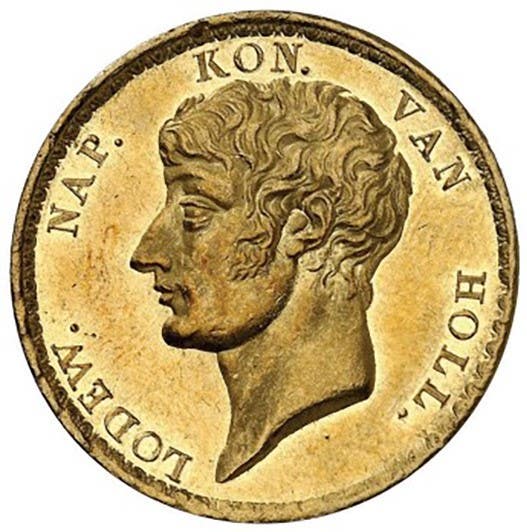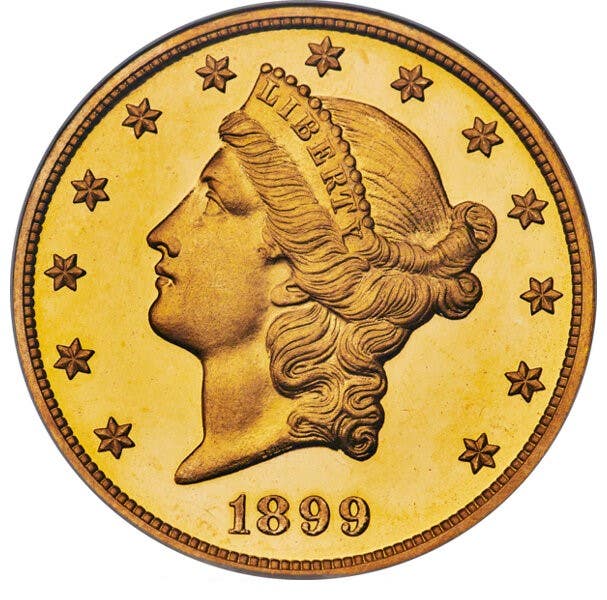It?s not a great rarity, but the 1913 Barber half dollar is still a very good coin. In fact, it?s a better coin than many realize in large part because it came during a period when there were many good coins.
The period of 1910-1920 was a pretty good time to be a collector. There were low mintage dates of all types and most of them could be acquired in Mint State, or AU at worst.
The competition from the period is just too great for the 1913 Barber half dollar to stand out. After all, the 1913-S quarter was the lowest mintage silver coin of the century. There is no good way to top that.
Barber half dollar totals starting in 1910 were 418,000 for the 1910, 1,406,000 for the 1911, 1,550,000 for the 1912, 188,000 for the 1913, 124,230 for the 1914 and 138,000 for the 1915. These are the totals for the main facility in Philadelphia, where we usually expect to see the highest mintages.
There would be only three half dollars produced in the past century with mintages of less than 200,000. The 1913 is one of those but as luck would have it the other two, which were even lower, would immediately follow the 1913.
In 1913 there was not much interest in half dollars no matter what their mintage. It was just not a heavily collected denomination. Other than the coin being a lot of money, collectors were still collecting by date only, which meant lower mintage half dollars could simply be ignored. And since interested collectors could find 1913 half dollars in circulation, dealers didn?t save examples.
In fact we have good evidence that it circulated. The ?New York Subway Hoard? had 29 examples of the 1913. Interestingly enough the hoard had 25 examples of the 1914 and 36 of the 1915, which were both lower mintage. Even though you can?t draw any conclusions from that, when you realize the 1913 in G-4 today is $78 while the 1914 is $155 and the 1915 $118, you may smile knowing it?s probably a good deal. In fairness, you should smile anyway ? if you pay $78 for a 20th century coin with a mintage of less than 200,000, you are getting a good deal.
The same can be said of examples in MS-60 that are currently at $1,150, or MS-65 examples that are at $5,250. Those are not common date prices, but the 1913 is not a common date. In fact there are a lot of Barber half dollars at $1,000 or more in MS-60 and the starting price of any Barber half dollar in MS-65 is more than $3,000. To pay the extra to get a 1913 hardly seems out of line.
The numbers at the grading services tend to confirm that although there were a number of proofs. Actually a Prf-65 is just $3,500, even though the proof mintage was believed to be just 627 pieces.
Simply put, in any grade the 1913 is a good deal. It?s not the key Barber half dollar, but it?s a very good coin in any grade.

